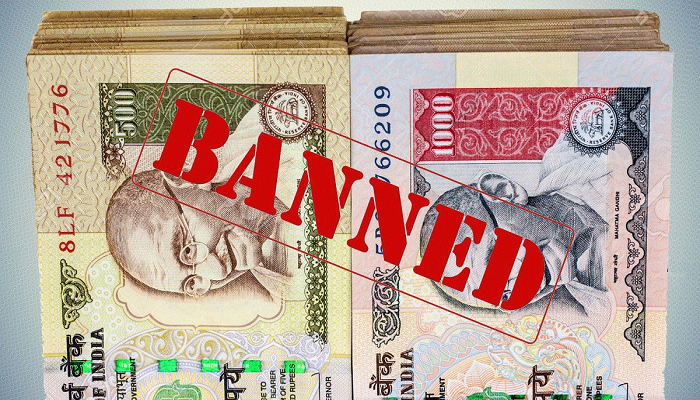
India celebrating the anniversary day Nov 8,when Prime Minister Narendra Modi announced the demonetisation, commonly called noteban.
He announced that notes of Rs 500 and Rs 1,000 would be invalid past midnight and in exchange for the old notes new Rs 500 and Rs 2,000 will be issued. The much-debated move by the PM had garnered a lot of attention from across the globe and whether it was a boon or a bane remains unanswered.
Another thing, India is not the only country to introduce demonetisation and it is not even the first time India has done so.
These are the 5 countries that tried demonetisation :
European Union (2002)
Although the context is different European Union (EU) is a perfect example of what and how much preparation is required in case of currency changeover. 12 EU countries introduced their single currency Euro on January 1, 2002. The European Central Bank prepared for almost three years while the participating countries distributed eight billion notes and 38 billion coins via banks, post offices, and sales outlet. Meanwhile, authorities collected national notes and coins. The printing of new notes was started four years back i.e. in 1998.
Pakistan (2016)
In December 2016, in order to improve security and durability of the bank botes, State Bank of Pakistan (SBP) issued new designs’ bank notes. The move was applicable to 10, 50, 100 and 1,000 rupee notes’ older design. The country issued a tender 18 months back and gave citizens enough time to exchange their old notes with the newly design notes. Earlier, Pakistan had demonitised 5 and 500 Pakistani rupee notes.
Zimbabwe (2015)
It may surprise you but Zimbabwe once had a one hunderd trillion dollar note. In 2015, in order to stabilise its economy, racked by hyperinflation that was recorded at 2,31,000,000 percent, the Zimbabwean government replaced the Zimbabwe dollar with the American dollar. The process took three months to make US dollar as the country’s legal tender. The move was also criticised by wealth holders as it saw the value of their savings receding.
Australia (1996)
In 1996, in order to curb black money and improve the security features, the Australian government replaced its paper-based notes with polymer bank notes of the same denomination. The first polymer-based note was introduced in Australia in 1992. The move didn’t have any impact any side-effects on the economy but made Australia a business friendly country.
United Kingdom (1971)
In 1971, the United Kingdom adopted decimal currency against pounds, shillings and pence. In 1968 and 1969 decimal coins which had precise equivalent values in the old currency were introduced.

Post Your Comments